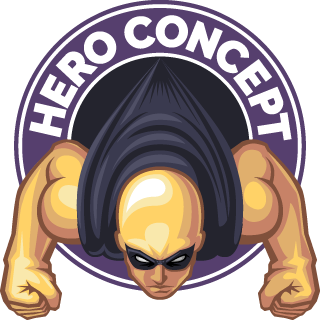Hello and welcome to our 4th developer diary about Doughlings: Invasion. We talked about visual approach, design approach and sound design so far. Today, we will talk about multiplatform development. We hope that you can find something useful in this dev diary.
Where Were We?
To talk about our knowledge and experience about Doughlings: Invasion we have to talk about our first game Doughlings: Arcade first. In the begining, we didn’t develop Doughlings: Arcade for another platform. The multiplatform concept was a little bit hard for us. Then we started to work on it and developed the game PC > Xbox One > Nintendo Switch > PlayStation 4 order. Each platform has its unique difficult parts to make a game.
Probably one of the most difficult thing was platforms’ close source policy. When it’s not an open source system flow of information reduces drastically. So we found information online from the devs questions who did games on those platforms or some information from the official documents which platforms give us. But every document writes for their own system and as a Unity based studio sometimes we had to use unorthodox methods. So we could say, Doughlings: Arcade was our practice ground for a multiplatform world. We learned a lot from Doughlings: Arcade experience and this experience made everything easier when we start to develop Doughlings: Invasion.
What Did We Learn?
When we start to develop Doughlings: Invasion we did Platform Abstraction Layer (PAL) first rather than coding. This way ease the pain a lot. Another thing we learned from this process is every platform has their own save/load system. For example, PC and Nintendo Switch’s save system is not that different because both of them writes the data to storage. But if we talk about Xbox One and PlayStation 4 then we have to include cloud system. Because of PlayStation’s policy, only PS+ members can access the cloud system and non-PS+ members save to the local storage.
Another thing optimized was every platforms’ Achievement systems. For example, in Steam, you can add achievements as you like, but in Xbox One you have to calculate G-Points, in PlayStation 4 you have to think Trophies. In Nintendo Switch you don’t have to worry about all of those things, because Switch doesn’t have an Achievement system.
Conclusion
Every platform has its own regulations. Not knowing those regulations and trying them the first time is always a little bit of hard experience. But we stood strong and embraced everything that we had to do.
We are very excited to hear your feedbacks. Hope to see you soon at our next development diary.




